This is the postseason baseball needed.
This October is breathing life into the sport, after years of declining TV ratings for its showcase events, after so much dire “baseball is dying” talk. It’s also building on regular-season momentum in terms of attendance and audience growth following last year’s major rules changes.
The wild-card round set a new viewership record this fall: TV ratings were up a whopping 25% from last year.
The Mets-Brewers elimination game, in which Pete Alonso slugged a game-winning home run off Brewers closer Devin Williams, was ESPN’s most-viewed baseball game since 2021.
Ratings for LDS games through Monday were up 41%, according to a network official. The first four NLDS games averaged 3.7 million viewers, the highest such total for Fox since it began broadcasting games in 2014, according to Front Office Sports.
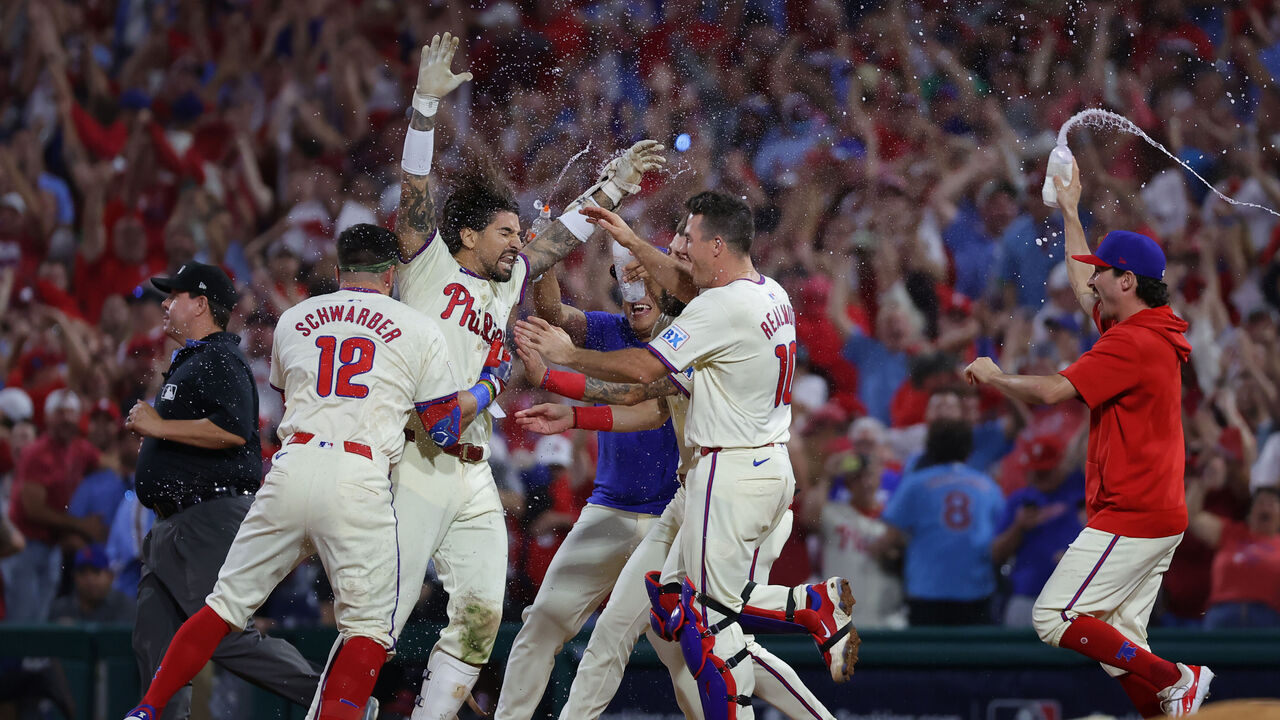
For the first time in the wild-card era dating back to 1995, all four LDS series stood at 1-1 through two games. Further, each series featured at least one ultra-compelling game.
This is baseball’s best postseason in some time. Let’s consider some developments that are making this a special early October.
Rivalries
One reason why October’s been so compelling so far: rivalries. They add a layer of intrigue to games that are already meaningful.
The Padres-Dodgers rivalry, for instance, was already heated, and is only intensifying. Now, things can go too far. There’s never any excuse for fans to throw objects onto the field and endanger players – no matter how much the Padres’ outfielders are agitating them.
There’s also no excuse for Manny Machado to throw a baseball towards the Dodgers dugout, which irked L.A. manager Dave Roberts.
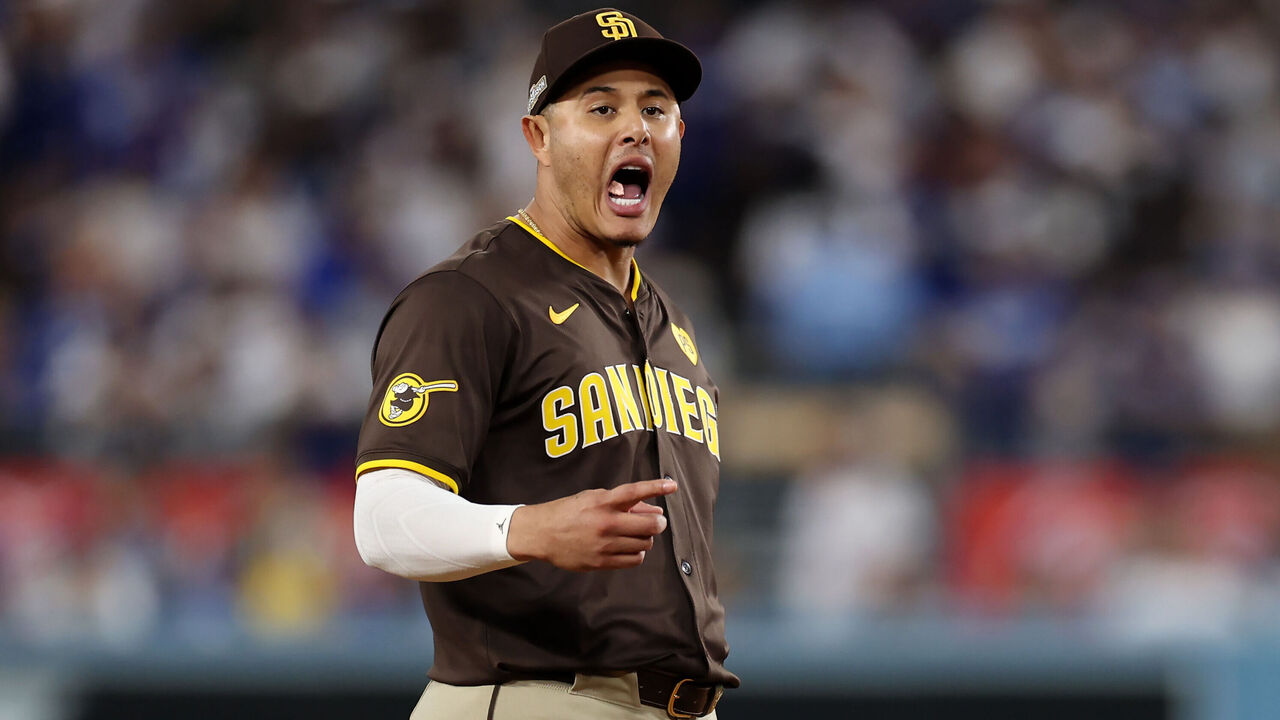
“That was very bothersome. If it was intended at me, I would be very – it’s pretty disrespectful,” Roberts said before Game 3.
Rivalries illicit emotion and actions that sometimes cross the line.
But so long as that’s not happening, so long as only words are being traded – like Jack Flaherty and Machado exchanging expletives – rivalry is good for the game.
Baseball is, after all, an entertainment product, as we were reminded when Jurickson Profar trolled everyone at Dodger Stadium in epic fashion:
The natural sound is incredible when you realize almost everyone in the stadium thought it was a home run.
— Jeff Eisenband (@JeffEisenband) October 7, 2024
But not Jurickson Profar or Xander Bogaerts. pic.twitter.com/7OSMJptjL2
It’s worth remembering that the 2004 Game 7 ALCS between the Yankees and Red Sox – MLB’s top rivalry – topped some Super Bowl ratings for the New England Patriots in Boston. It was the most-watched LCS game since at least 1990, in large part due to rivalry.
Sure, large markets help ratings, but the Dodgers, Rangers, Braves, Astros, and Phillies were in the field last year. There are factors beyond market size that drive ratings.
According to KnowRivalry.com, which gathers tens of thousands of fan polling responses to determine the strength of rivalries, the Dodgers rank as the Padres’ top rival by far, according to San Diego fans.
But it’s also the second-most unbalanced rivalry in MLB, as the Giants rank as the Dodgers’ top rival according to L.A. fans. The Padres slightly trail the Cardinals and Astros. (There is lag time in polling data.)
That imbalance adds an element of inadequacy and insecurity for San Diego, which is more motivational fuel for the Padres and their fan base.
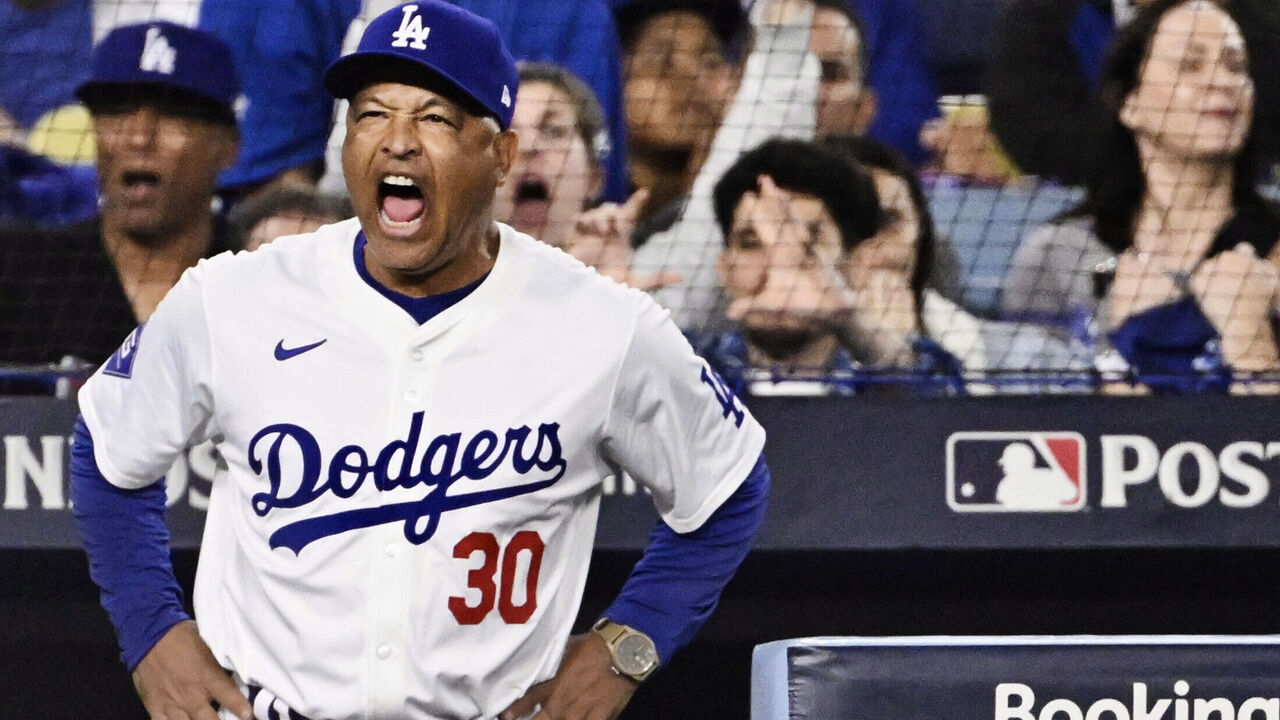
On the other side of the NL field, the Mets and Phillies are each other’s top rival, according to the polling data, and the rivalry ranks as baseball’s fifth strongest. This is remarkably their first time facing each other in the playoffs.
The Guardians and Tigers also rank as each other’s top rival, according to the polling, and this is also their first time meeting in a postseason series, which could increase the rivalry’s intensity.
In fact, because only four wild-card berths were captured by AL Central teams since 1995 entering this season, compared to 28 by AL East teams, this is the first postseason series between AL Central clubs.
An emotion-filled LDS round fueled by rivalry will be good for the game – provided no matchup spirals out of control.
Roar restored
Also making this postseason great: improbable swings.
Kerry Carpenter was still beaming when he entered the postgame media room Monday night. He tried but failed to suppress an ear-to-ear smile as he seated himself before reporters; he was still floating.
Entering the ninth inning Monday in Game 2, Cleveland closer Emmanuel Clase had allowed only five earned runs during the entire season, and just two home runs – both to right-handed hitters. He held left-handed hitters like Carpenter to a .115/.143/.139 slash line.
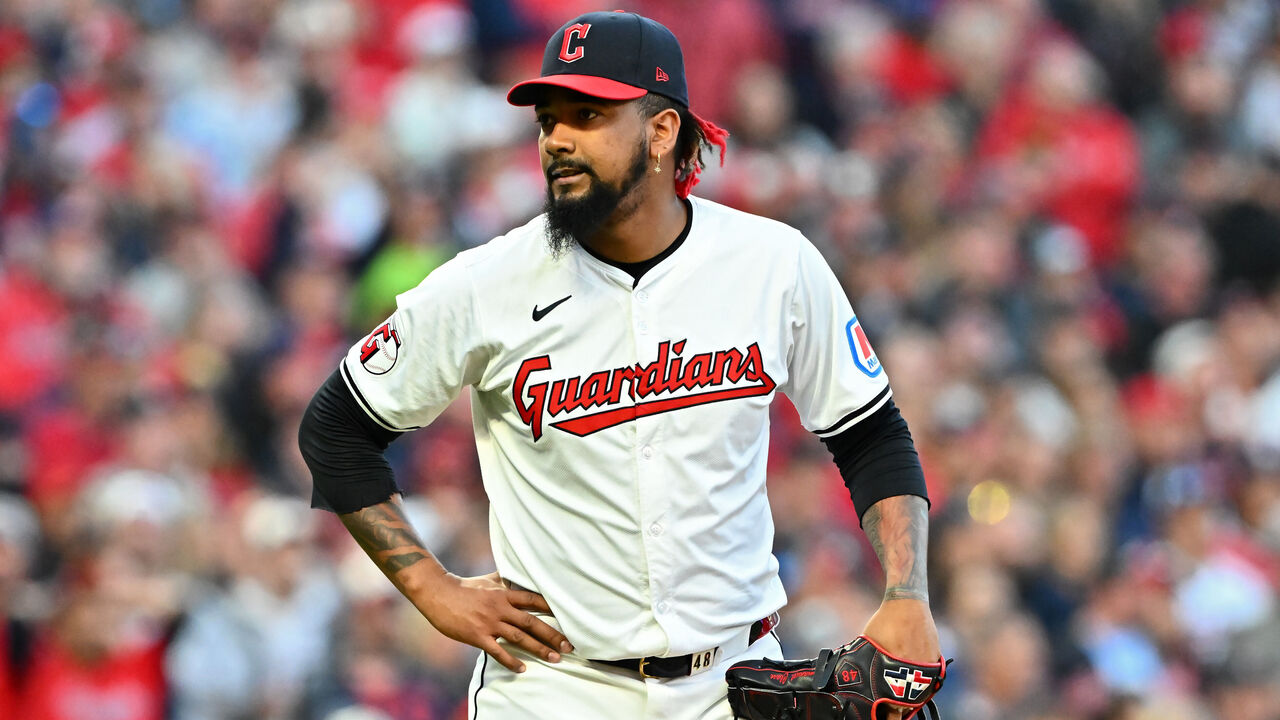
Entering the ninth, the Guardians had matched Tigers ace Tarik Skubal zero for zero – a major win for the club on the day it started journeyman Matthew Boyd. All the momentum was Cleveland’s as Clase came out of the bullpen.
Clase recorded one out to end the eighth. But in the next inning, he uncharacteristically allowed two hits before Carpenter became the first batter to hit a two-out, two-strike, go-ahead homer in the ninth inning of a playoff game since Kirk Gibson’s famed 1988 World Series shot.
“I don’t know if I can describe it, but, yeah, I knew it was gone,” Carpenter said, “and it was just an amazing feeling being able to come through for this team, because our pitchers are keeping us in these games like crazy.”
What’s interesting is that Carpenter homered on a hanging slider, and the slider’s Clase’s second-best pitch. In fact, it was the third consecutive slider Clase tossed Carpenter, after opening with three straight 100-mph cutters, his bread-and-butter offering.
Was Carpenter sitting on Clase’s second-best pitch?
“I wasn’t sitting on it, but I was just on time for his hardest pitch, that cutter, and I was, like, zoning in for it to start in a certain zone,” Carpenter said. “My instincts took over and he missed a spot. I took advantage of it.”

MLB’s two best closers have each allowed game-winning, three-run shots this postseason. Remember: We can’t predict ball.
This October, it isn’t over until it’s over.
Shining stars 🌟
There’s plenty of star power this postseason, too.
Shohei Ohtani is the sport’s greatest draw and is finally on the postseason stage.
Aaron Judge and Juan Soto are one of the best teammate duos of all time.
Bobby Witt Jr. emerged as an MVP talent this year, José Ramírez is already a regular on voters’ ballots, and both are still playing. The Phillies are loaded with stars, and Francisco Lindor would be NL MVP if it weren’t for that Ohtani guy.
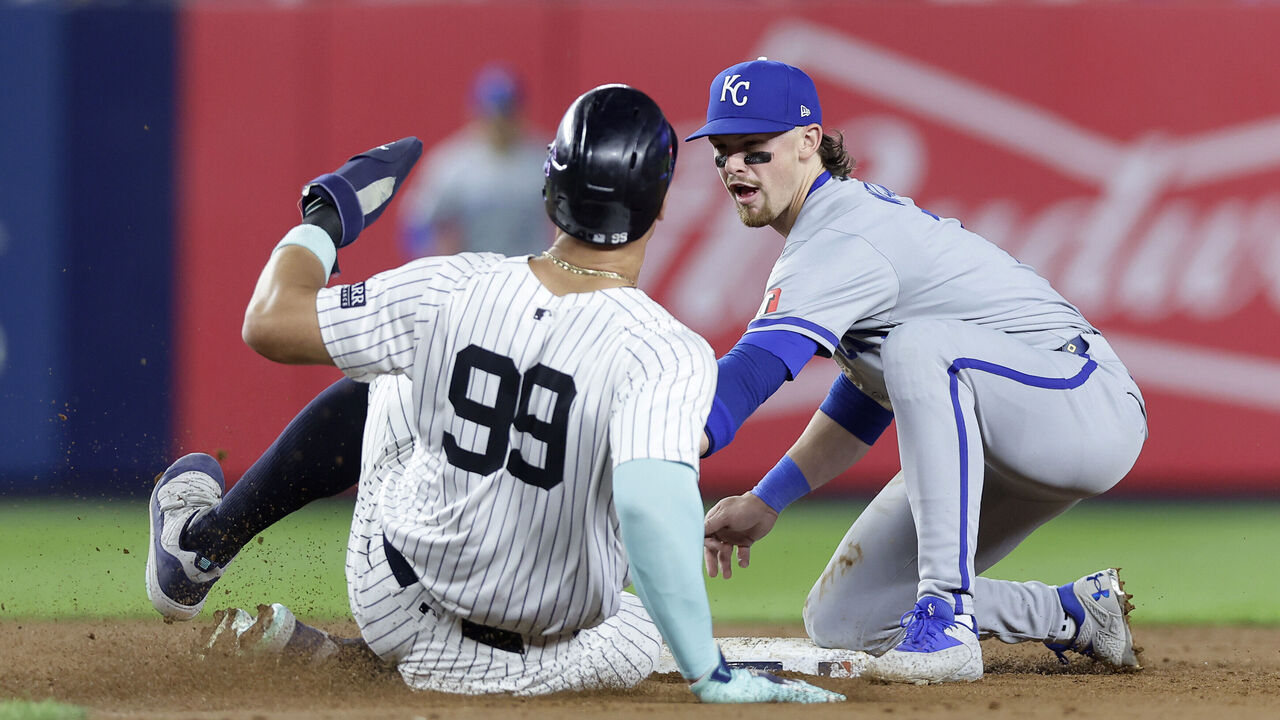
But this postseason is also highlighting new stars.
The most influential new phenom this October could be Skubal, the AL Cy Young favorite. Underdogs that employ a true ace can do damage in October.
Skubal was fantastic Monday in Cleveland, dominating the Guardians with a four-pitch mix, and will start a potential Game 5 decider for Detroit on Saturday.
Skubal works fast, averaging about 13 seconds between pitches, and also moves quickly down the mound after beginning with an exaggerated leg kick. His stuff is A-plus, but his pace and deception make him even more difficult to hit. There’s a relentlessness to his approach.
The 27-year-old’s seemingly having a blast, too. He motioned to Guardians fans in a manner that suggested the lively crowd didn’t bother him in the least when he walked off the mound after the sixth without allowing a run and only three hits:
Tarik Skubal wants the smoke 😤 #ALDS pic.twitter.com/xt9t1sToag
— MLB (@MLB) October 7, 2024
“I’ll be honest, I don’t know what that was,” Skubal said afterward. “Never done that before in my life. The environment here, first off, was great. I think Cleveland fans, this environment was incredible to play in, hostile, all that stuff that as a kid you dream of playing and pitching in front of.”
There’s also San Diego’s 21-year-old Jackson Merrill, an NL Rookie of the Year candidate. Before the Brewers were eliminated, 20-year-old Jackson Chourio carried over his breakout second half into the playoffs.
It’s a perfect storm of existing superstar talent meeting on the postseason stage, along with a national spotlight focused on the next generation.
It’s still early October, but this is shaping up to be one of MLB’s more memorable postseasons in recent memory.






